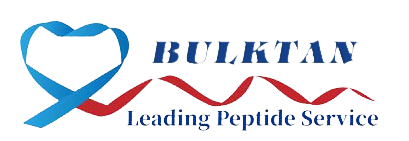UV (ultraviolet radiation): including UVA, UVB and UVC. UVA is a long wave, which can penetrate the dermis, cause skin aging, tanning, wrinkles, age spots, and even increase the risk of skin cancer; UVB is a medium wave, which can penetrate the epidermis and cause sunburn and burns; UVC is a short wave, most of which is absorbed by the atmosphere and usually has little impact on the human body. Sun protection is mainly for UVA and UVB.
SPF sunscreen index: to measure the product's ability to resist UVB rays, it is generally recommended that the SPF should be at least 30, but it is not "the higher the better" or "SPF 100 is the best". There is no nonlinear relationship between SPF value and UVB protection, let alone "SPF 100 = 100% protection!" In fact, many countries have upper limit regulations on SPF labeling.
PA sunscreen index: it measures the ability of sunscreen products to prevent "tanning" by UVA radiation. Expressed by the number of "+", "pa +++" is the highest. The problem is that the measurement standards are not uniform, and people with different skin will not turn black under UVA irradiation, so this rating system has little reference value in practical use. Except for the Japanese / Korean brands that developed this system, most sun protection products do not measure or label PA values.
Broad spectrum: to put it simply, it means to simultaneously protect the two kinds of ultraviolet radiation mentioned above, UVA and UVB. FDA explained that broad-spectrum sunscreen provides a chemical barrier for the skin, which can absorb or reflect ultraviolet rays before ultraviolet radiation damages the skin, and can protect the UVA and UVB mentioned above. It is recommended to buy sunscreen in the United States to see if it is marked with "broad spectrum".
4 key words for choosing sunscreen products

2022-06-17 09:53:08


